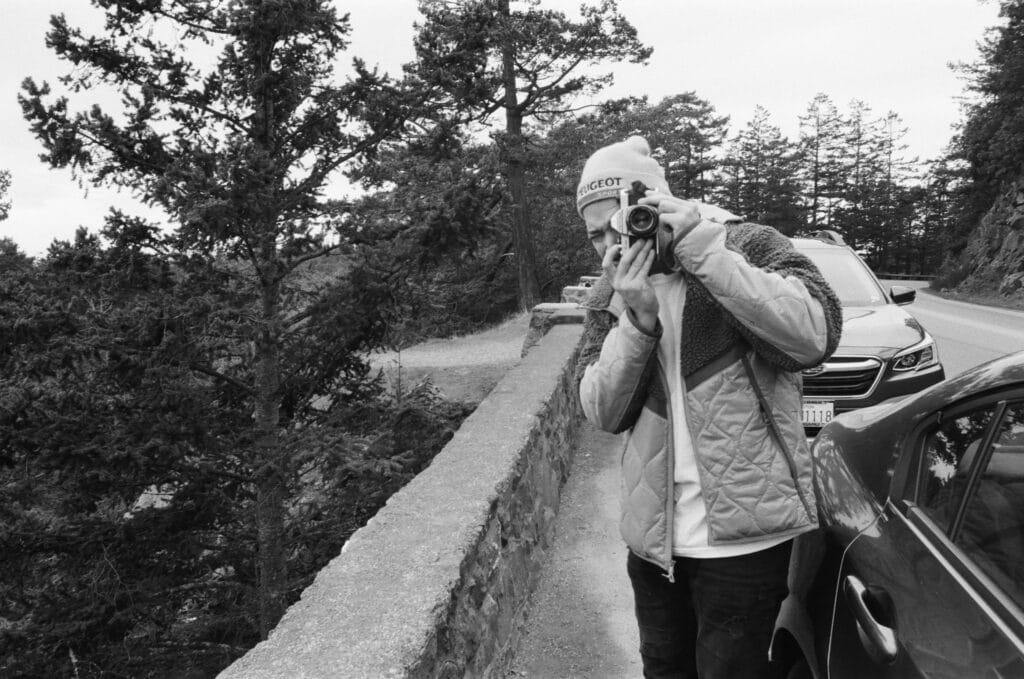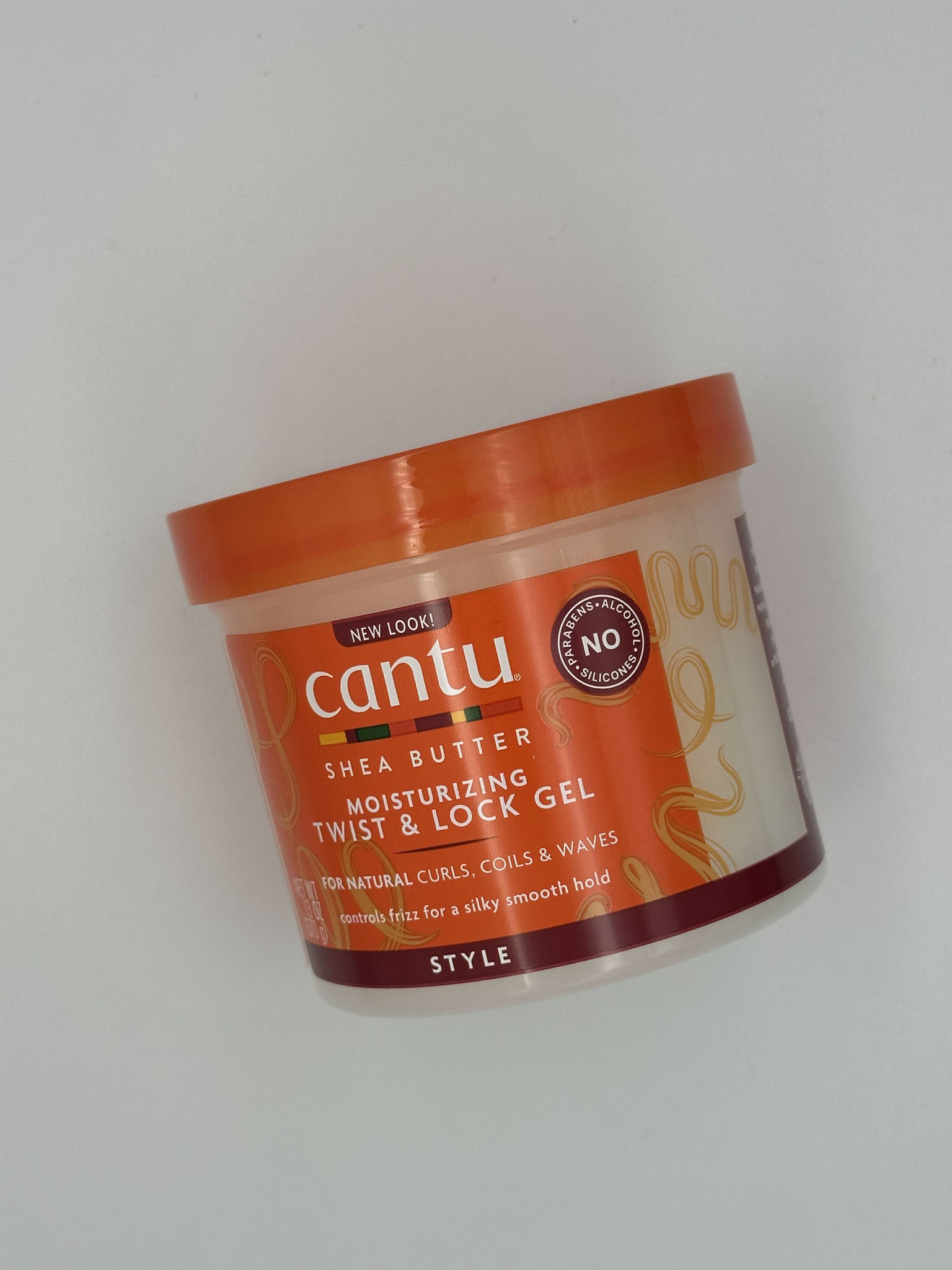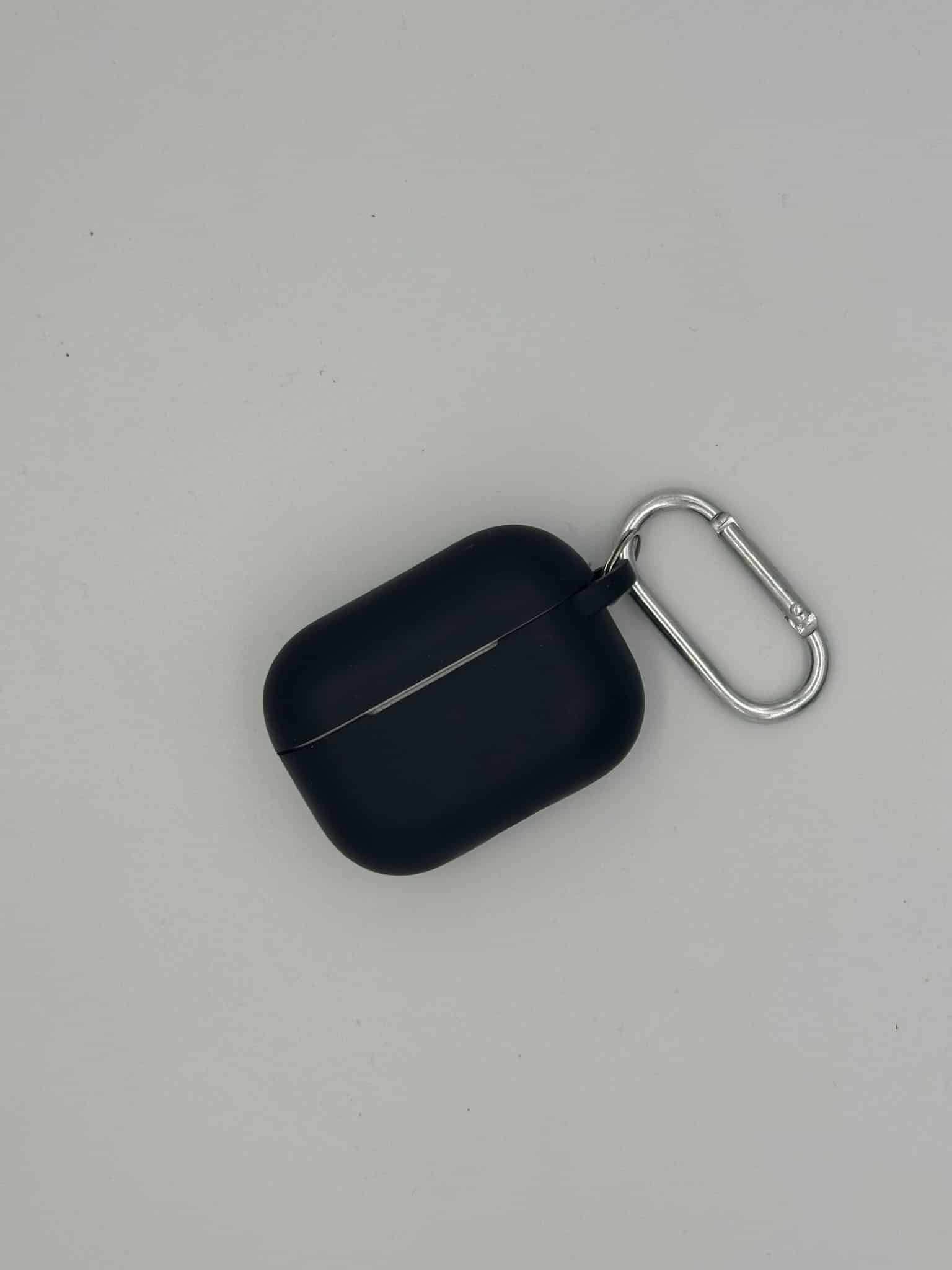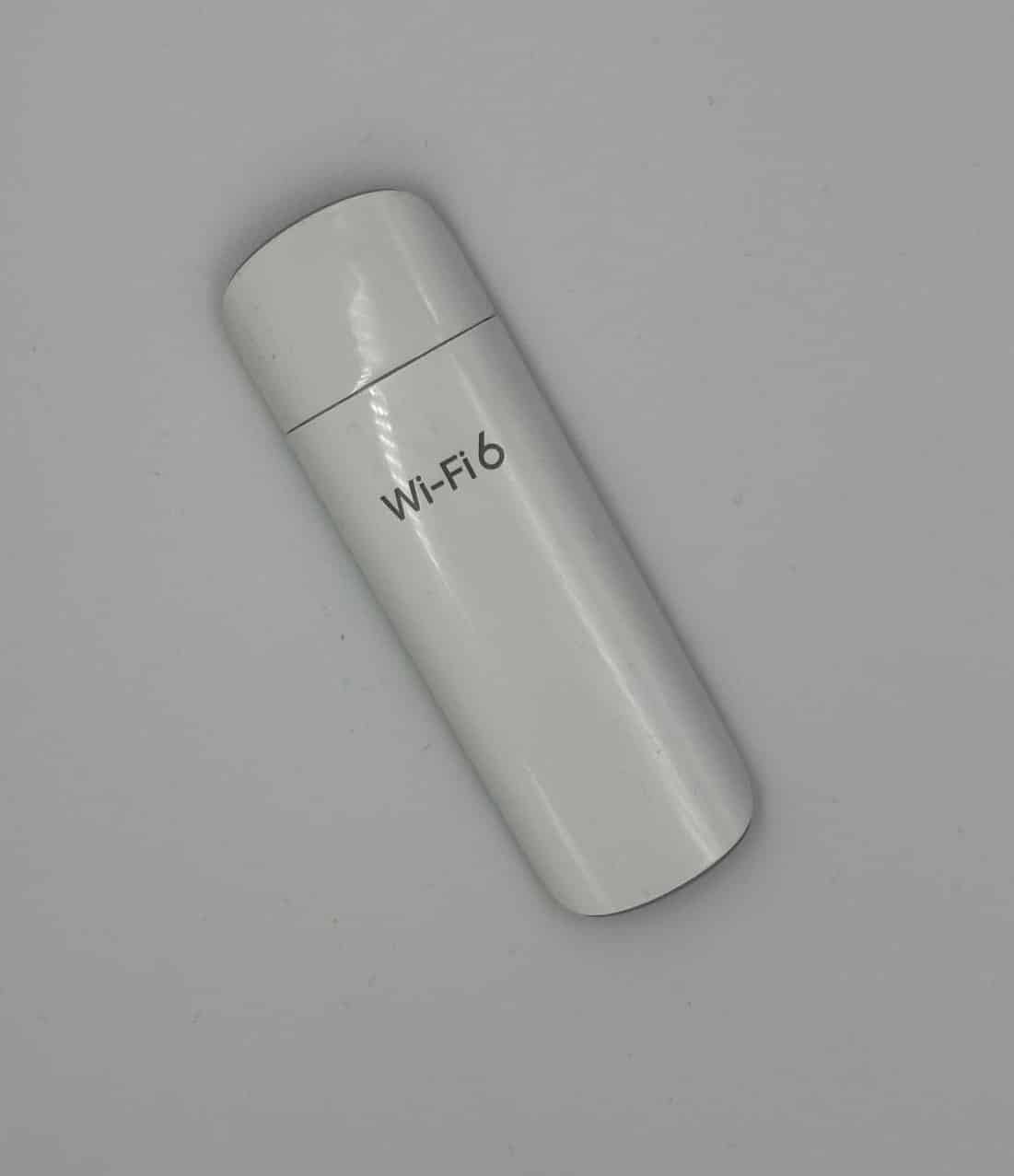Photography | 8 March 2022 | 5 MIN READ
Top 10 Tips for Beginner Film Photographers
1210 days ago
By Homson — Get exclusive travel tips and updates for free here.
Updated: Feb. 7, 2024
Here are some steps I used to get started—yours might be different. What you don’t know, Google does! Yes, Google is your friend. It might sound strange, but simply googling phrases like “What film camera should I buy?” or “Should I shoot film or digital?” can kickstart your photographic journey.
Choosing the Right Film Format: 35mm vs. Medium Format
Do you want to shoot with 35mm or medium format? Deciding on the type of film can really guide your planning and actions.

For example, I knew I wanted to shoot 35mm film. As a beginner, I felt that digital wouldn’t let me truly appreciate the depth and beauty of film. Plus, film photography brings back memories of my travels as a kid during the 1990s, and I wanted to replicate that feeling.
Featured Gear
*Contains affiliate links – I may earn a commission at no extra cost to you
Capture the Feeling: Evoke Emotions Through Your Photos
This isn’t just about emotions—well, kind of. What feelings do you want to capture when you take photos?

For instance, I wanted a 1990s look for a photo I took in Hawaii (above) because it evoked certain emotional responses. I realized the redder/sepia hues in the photography gave me that warm feeling.
Selecting Your Film Stock
This ties back to the first point—using Google. I searched “How to take vintage photos” and explored various options.

That’s how I discovered which 35mm films could achieve the look I wanted. I started with Kodak ColorPlus 200, which some might say isn’t as high-quality as Ektar 100 or Portra 400. But what matters is how the photo makes you feel and whether it achieves your vision.
Finding the Right Camera
I chose my trusty Pentax K1000. Choosing the “right” camera is subjective and can depend on your budget, preferences, and the brand’s influence.

While there are pros and cons to every camera, what might make one camera more appealing could be its cost or the availability of lenses. If you opt for a brand that’s still in operation, you might find adapters to help capture that authentic 1990s look with a digital camera.
Find Support and Develop Your Skills
Learning and Experimenting
I watched numerous YouTube videos to understand my camera system and read many blogs to learn how to use it. Experimenting with expired films like Konica VX100 Color Film (expired in 2001) helped me grasp what types of photos I could capture. I mainly got this film since my mom worked for Konica back in the day.
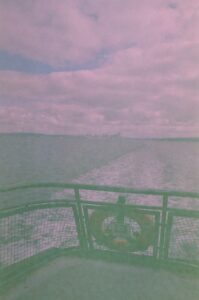
But honestly, you don’t truly know what you can shoot until you go out and just take photos. This hands-on experience is crucial for understanding your camera and your own preferences.
It’s Okay to Ask for Help
When starting, I was overwhelmed by the flood of information from blogs, Reddit, and forums. It was challenging to discern what I needed to know.

I felt I needed a more introductory approach, so I signed up for a basic photography course with REDREDPhoto. This helped me get a better grasp of shooting basics. Interestingly, my background in physics also came in handy to understand lens functionality and camera dynamics better.
Buying Lenses
If you buy a camera body only, you’ll need to start with a basic lens. My Pentax came with a 50mm f/2.8 lens, which was great for getting used to the camera and seeing the outcomes after processing the photos.
Get Out and Take Photos
The hardest part of photography, at least for me, is just taking photos.

If you can, just go out and shoot—use a hike or an adventure as a photo session. I also use ClickUp, a project management tool, to schedule shooting days and plan my trips, which helps me stay organized.
Find a Lab, Print Your Work, and Share It
The final step in your initial photography journey is finding a local lab to process your photos.
I suggest starting local to build relationships with those who develop your photos, as they can often provide more detailed feedback and help enhance your work.
Tips, Tricks, and Logistics

Trip Soundtrack
Because every adventure needs a soundtrack, each of my trips comes with a theme song. And for this trip's anthem? Well, it's...
Enjoy Your Work
Finally, do something with your work—put it on a T-shirt, a mug, or a wall! Your art is meant to be enjoyed. Your photos, shaped by your life, environment, and loved ones, are a reflection of your perspective.

Remember: It’s your unique view that shapes your photography, not just the technical aspects.

No one can take the same photo as you because no one else shares your unique perspective and reasons behind each shot.

